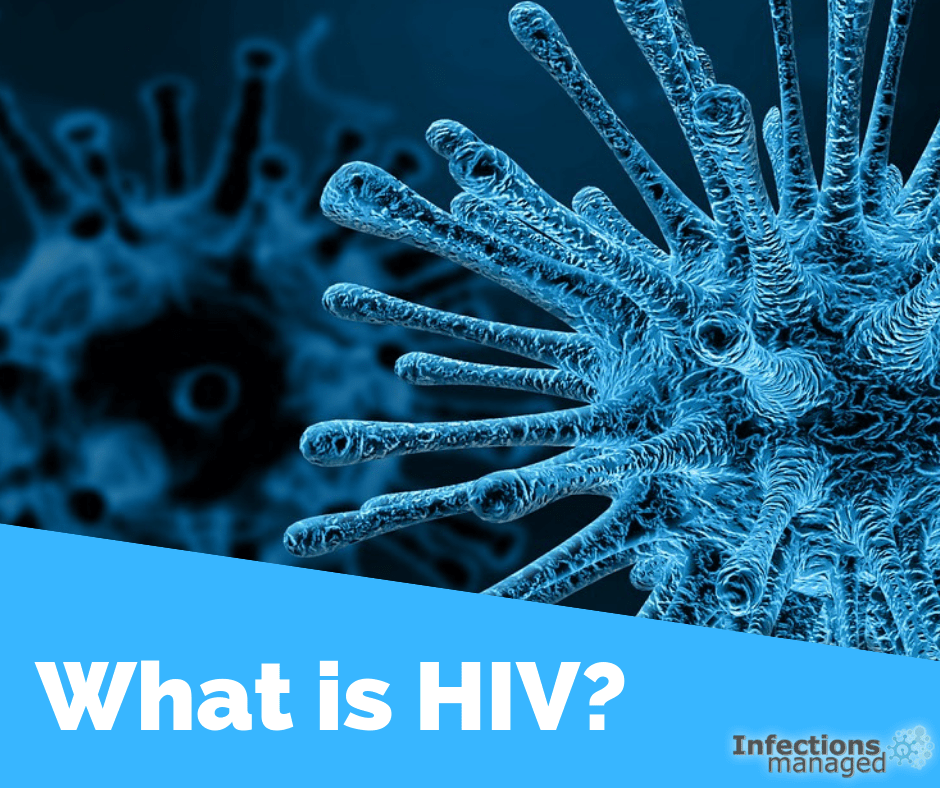Human immune deficiency virus (HIV) infection is a serious health condition and a great challenge to modern medicine.
On the bright side, the effectiveness, safety, and accessibility of HIV treatment have improved greatly over the last few decades.
HIV infection isn’t a death sentence anymore, but a chronic condition that can be effectively managed for decades.
Let’s take a look at some encouraging statistics related to HIV infection and HIV treatment, according to the Joint United Nations Programme on HIV/AIDS (UNAIDS):
- Since 2010, new cases of HIV infection declined by 19% in adults and by 35% in children
- Since 2004, the number of AIDS-related deaths dropped by more than 51%
Thanks to the collective efforts of patients, doctors, and scientists, we are getting closer to fully managing the HIV epidemic with each passing year.
- In 2017, about 36.9 million people worldwide were living with HIV infection
- It’s estimated that 3 out of 4 (75%) HIV-positive people were aware of their condition in 2017
- Among the people who knew their HIV status, 4 out of 5 (79%) were receiving HIV treatment (antiretroviral therapy)
- Among the patients who were receiving HIV treatment, 4 out of 5 (81%) were virally suppressed, meaning that they had an undetectable level of the HIV virus
Although reaching a state of viral suppression doesn’t mean being cured of the HIV infection, it indicates that the condition has been effectively slowed down. At the time being, this is the primary goal of HIV treatment: decreasing the progression of the disease and preventing it from developing into acquired immune deficiency syndrome (AIDS).
But how does this affect life expectancy?
According to a 2014 study, successfully treated HIV-positive people have a normal life expectancy. Specifically, a 35-year-old man after 5 years of HIV treatment can be expected to live to 80 years if viral suppression and an increase in CD4+ immune cells (to a minimum of 350 cells/μl) is achieved. A 35-year-old woman with the same results would have a predicted life expectancy of about 84 years.
For comparison, untreated HIV infection is inevitably fatal. It’s estimated that 50% of untreated HIV-positive patients die within the first 8-10 years after the HIV antibodies become detectable.
To summarize, effective HIV treatment allows keeping one’s life expectancy at normal levels and effectively inhibiting the progression of the disease. Additionally, proper antiretroviral therapy essentially minimizes the risk of transmitting the disease.
The sooner antiretroviral therapy is started, the better results can be expected from it!
If you or a loved one have been diagnosed with HIV infection, don’t despair and don’t hesitate: make an appointment with a qualified infection specialist to start treatment as soon as possible.
#hivtreatment #treat&beat

